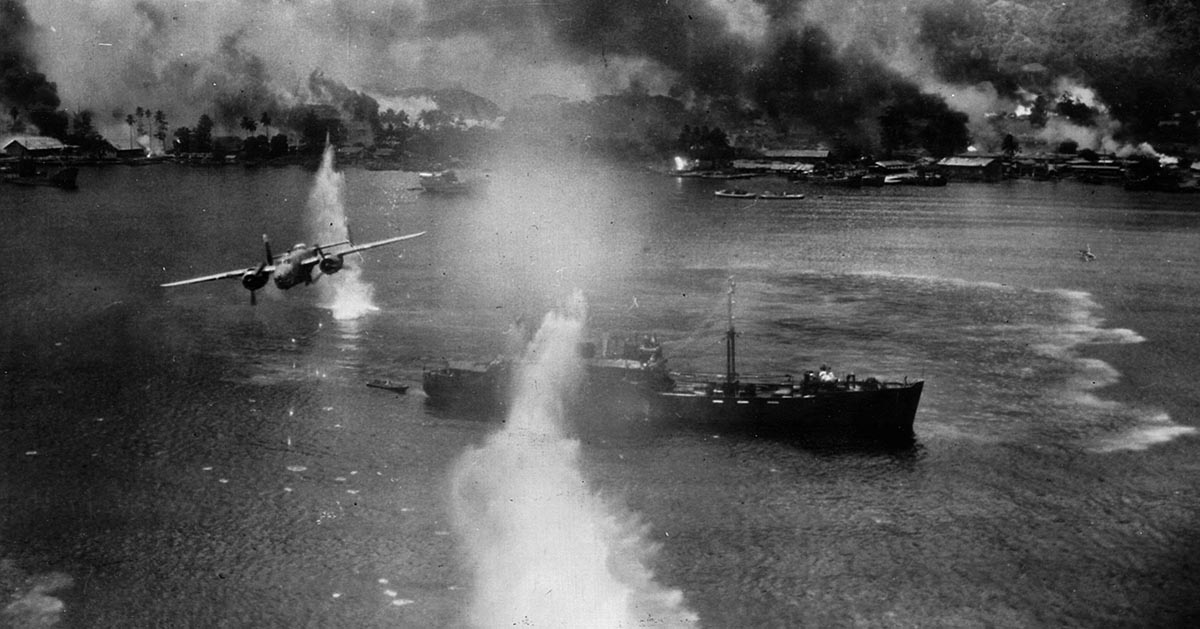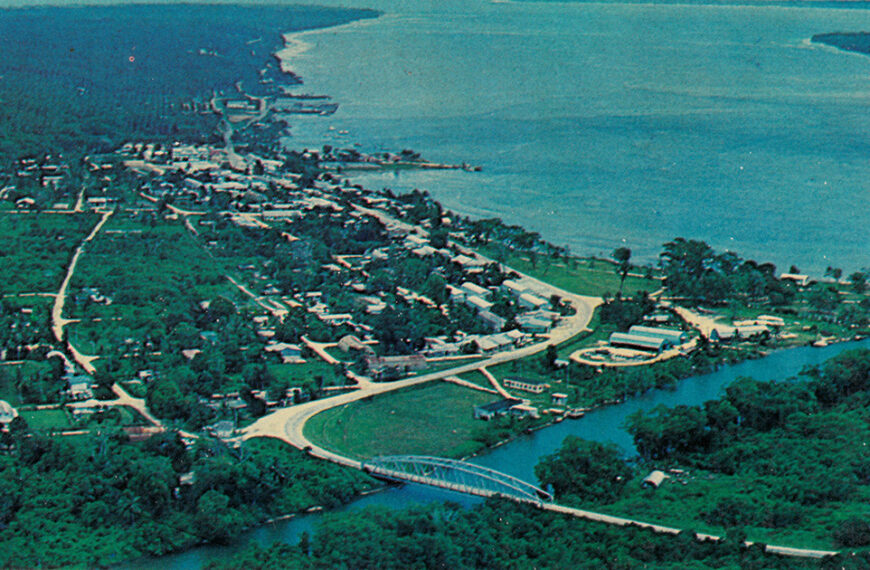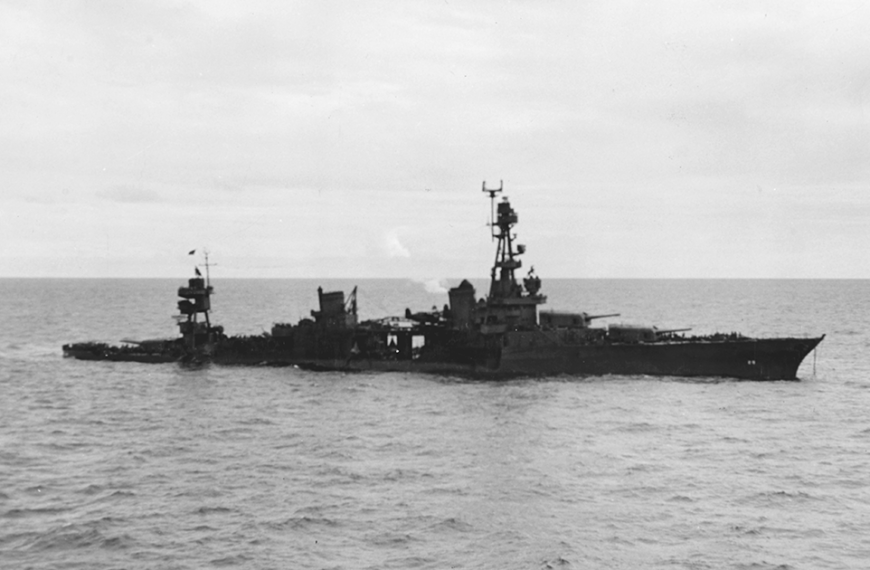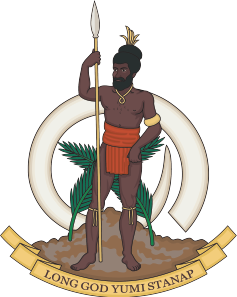In April 1943, the South Pacific was flooded with Japanese aircraft.
Since victory in the battle of Guadalcanal, the Allies – with their operations underpinned by the massive base now being built at Espiritu Santo – had begun advancing into the central Solomons.
The Japanese naval high command decided that they would launch an aerial counterstroke, dubbed Operation I-Go, to slow down the Allies, and give Japan more time to prepare defences.
More than 350 aircraft were pulled together at the base at Rabaul, but the mere numbers concealed a disturbing trend. Many of the naval pilots were inexperienced, and to bolster the force, the planes from an entire aircraft carrier division of the Navy were also sent.
Such pilots in particular were highly prized, and trained for the specialist role of flying off carriers, but now they were needed to fly from land bases.
I-Go was overseen by the Japanese naval supremo, Isoroku Yamamoto, and from April 1st to the 16th, major raids were launched in the Solomons and New Guinea.
Japanese estimates were that they destroyed 175 aircraft, and sank 28 ships. In reality, they shot down 25 planes, and sank 5 ships, while losing 55 of their own aircraft.
In perhaps the greatest irony, Admiral Yamamoto took off on an air tour of his bases to congratulate his crews on their performance. It was his last flight, caught by American fighters in an audacious operation that showed how far Allied capabilities had advanced in just 18 months of war.
